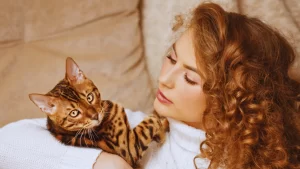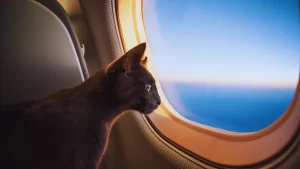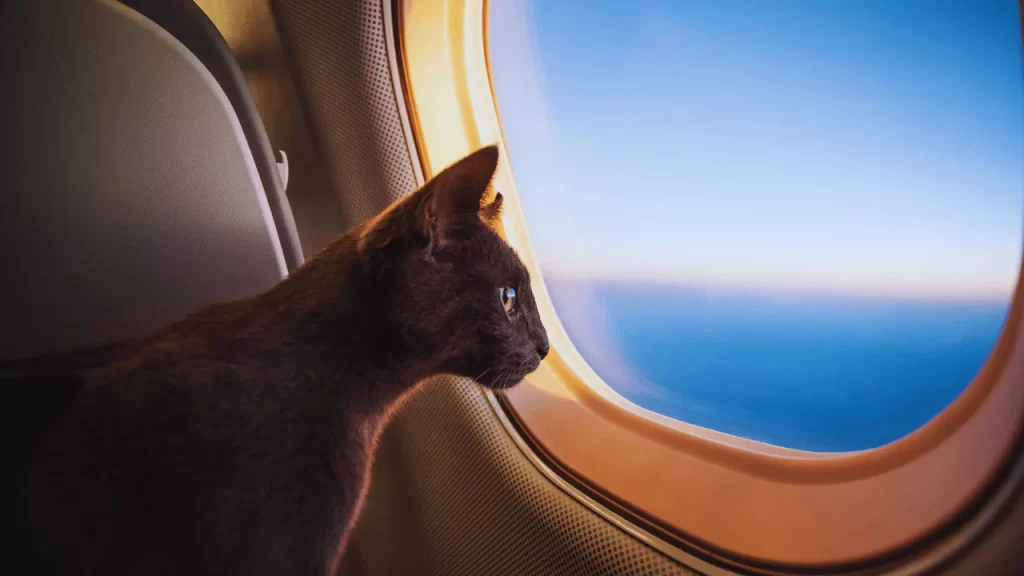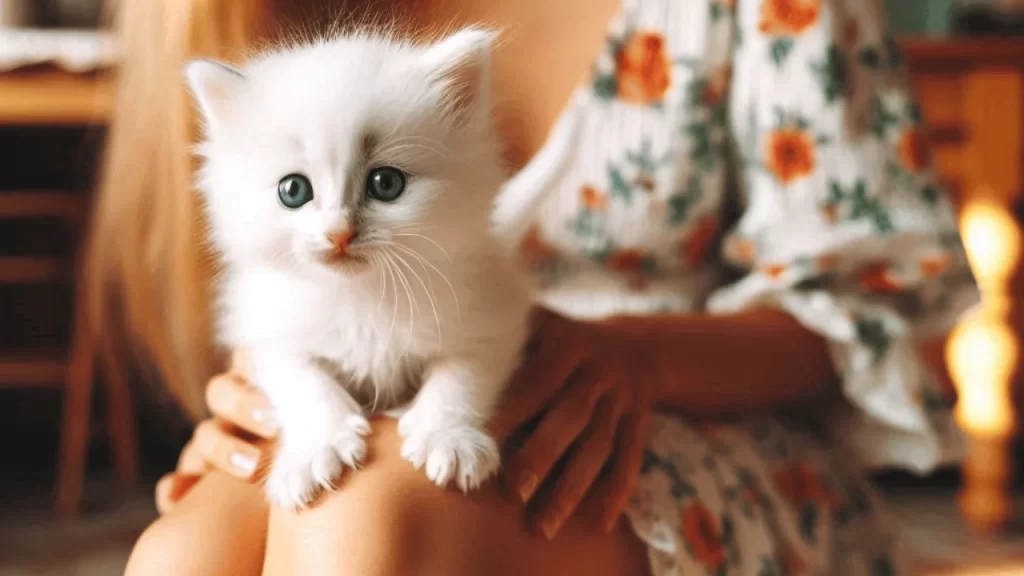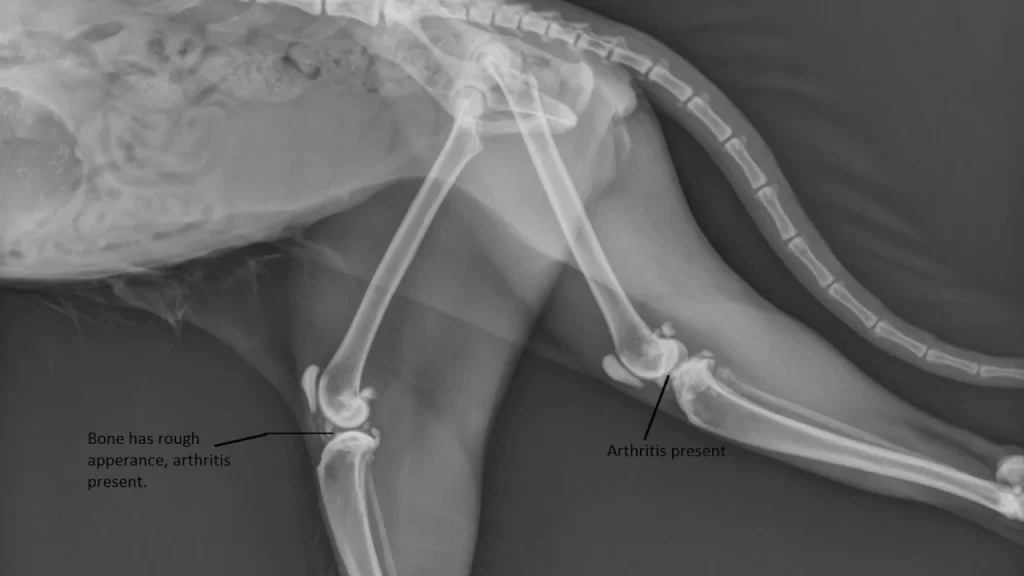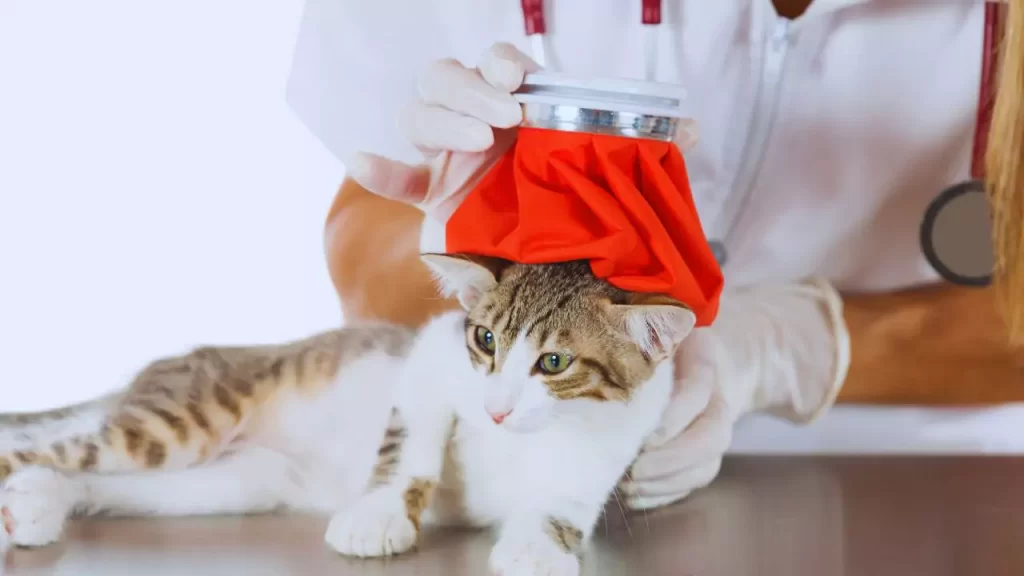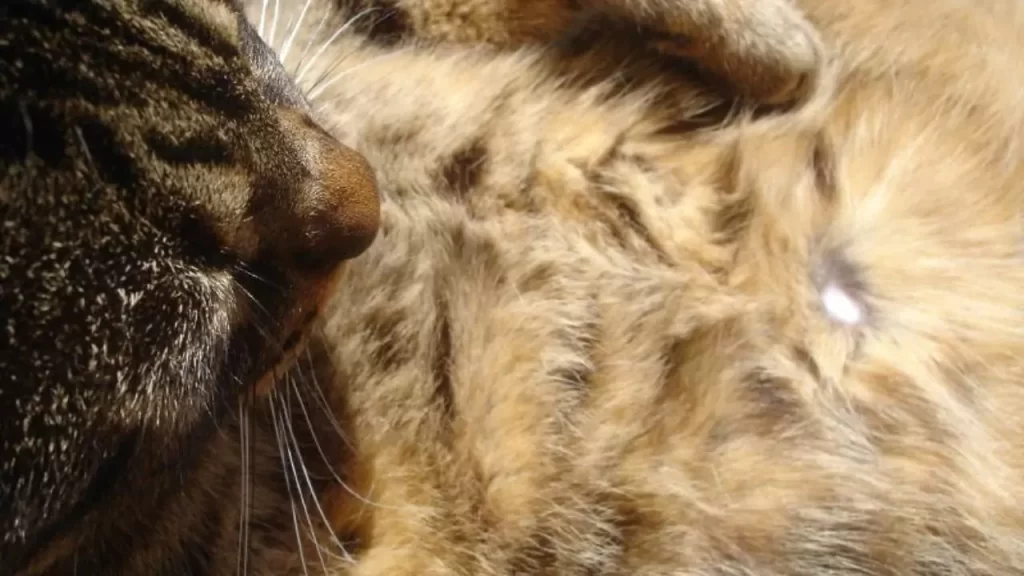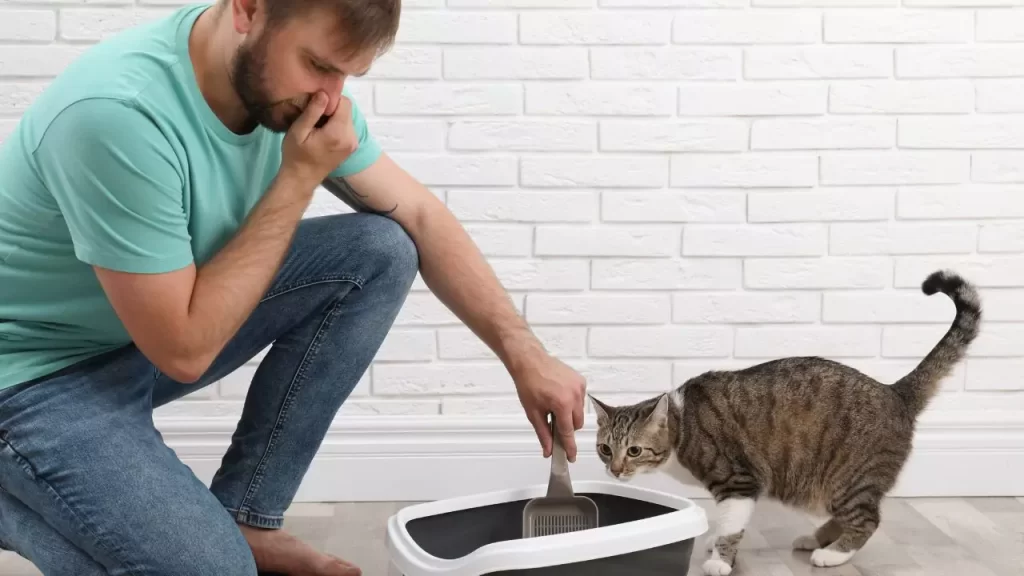Author: Dola Singha
Dola Singha is a cat enthusiast with a lifelong love for feline companions. She is an expert in all aspects of cat care, from nutrition and behavior to training and health.
Keeping cats away from terrariums is essential for the safety of both the terrarium inhabitants and the feline companions. To prevent cats from accessing terrariums, implement strategies such as placing the terrarium in a separate room, using scat spike mats, adding a secure lid, applying double-sided tape, using cat repellent sprays, providing alternative entertainment, and creating physical barriers. These methods, combined with proper cat care and positive reinforcement, can effectively protect your terrarium from feline intrusion. Why Keep Cats Away from Terrariums? Potential Harm to Lizards Cats are natural predators, and their instincts may drive them to hunt or play…
Bengal cats, with their exotic looks and dynamic personalities, continue to captivate cat enthusiasts around the world. For residents in Alabama seeking a trusted breeder to adopt a Bengal kitten, here are the five best breeders known for their dedication to the breed’s quality and welfare. List of Top Bengal Cat Breeders in Alabama 1. Bengals of Bama Located in the heart of Alabama, Bengals of Bama prides itself on raising Bengals that are both beautiful and loving. Their emphasis on socialization from an early age ensures that kittens are well-adapted to family life. 2. Kingdomcats Kingdomcats operates with a…
Taking your feline friend on a plane trip requires planning and preparation. There are two main ways to fly with your cat: in the cabin with you or as checked cargo. The best option depends on your cat’s temperament, the airline’s regulations, and the length of your flight. Traveling with Your Cat: Know Your Options In the Cabin This allows your cat to stay close to you during the flight. They must be comfortable in a carrier that stows under the seat in front of you. Airlines typically have weight restrictions for in-cabin pets, so check with your chosen airline…
Ever been ambushed by a tiny ball of fur with razor-sharp claws scaling your leg? Kittens naturally tend to climb, and your legs can be irresistible targets. While it might seem adorable at first, constant climbing can become annoying and even painful. Let’s delve into the reasons behind this behavior and explore ways to gently discourage it. Why Kittens Scale Human Legs? Several factors contribute to a kitten’s desire to climb your legs: Potential Hazards of Kitten Climbing While kitten climbing can be cute, it’s important to consider the downsides: Strategies to Discourage Kittens from Climbing Legs Here’s how to…
Arthritis is a widespread condition in older cats, affecting their joints and causing pain and stiffness. This article explores the signs of arthritis in cats, treatment options, and preventative measures to keep your feline friend comfortable. Understanding Arthritis in Cats What is Arthritis? Arthritis is a condition characterized by the inflammation of joints, which leads to the deterioration of cartilage and the experience of discomfort. Cartilage functions as a protective barrier between bones, facilitating frictionless motion. When bones become dysfunctional, they come into direct contact with each other, resulting in discomfort and reduced mobility. Cats can be affected by two…
Cat flu, also known as feline upper respiratory infection (URI), is a contagious illness that affects a cat’s upper respiratory system. It’s similar to the common cold in humans. This article dives into the causes, symptoms, treatment options, and prevention methods for cat flu. What is Cat Flu? Cat flu is caused by viruses or bacteria, or a combination of both. Here’s a breakdown of the culprits: Common Symptoms Cat flu symptoms can vary depending on the severity of the infection and the specific virus or bacteria involved. Here are some common signs to watch for: Treating Cat Flu There’s…
If you have ever offered your cat a green olive, you may have noticed that some cats seem to love them, while others show no interest at all. Why is that? And can cats eat olives safely? Cats may indeed like green olives for various reasons. Green olives contain a chemical compound similar to nepetalactone, found in catnip. This compound can trigger playful or silly behavior in some cats, akin to the effects of catnip. While not all cats react the same way to the smell or taste of olives, some may enjoy them and even feel euphoric after consuming…
Yes, jasmine essential oil is safe for cats. The American Society for the Prevention of Cruelty to Animals (ASPCA) lists jasmine as one of the non-toxic plants for cats. However, it’s essential to dilute jasmine oil before using it around cats. While jasmine oil isn’t typically irritating, its concentrated form can be potent, thus requiring dilution to ensure safety for feline friends. Understanding Essential Oils and Their Effects on Cats Essential oils are composed of volatile organic compounds (VOCs) that can affect the nervous system, respiratory system, and skin of animals. Cats are especially sensitive to essential oils because they…
Yes, cats have belly buttons. Similar to humans, cats have one belly button, which serves as the connection point of the umbilical cord to their mother while in the womb. However, cats’ belly buttons are not as prominent as those of humans. Almost all mammals, including cats, have belly buttons, though they may vary in appearance and visibility. Where is a Cat’s Belly Button Located? A cat’s belly button is located on its abdomen, usually near the center or slightly to the left. It is a small scar that marks the spot where the umbilical cord was attached to the…
Cat poop smells so bad primarily because cats are carnivores, and their digestive systems are designed to efficiently break down proteins and fats. As a result, their feces contain higher concentrations of protein and fat compared to other animals, leading to a more pungent odor. This heightened smell is a natural outcome of their diet and digestive processes. Causes of Smelly Cat Poop Several factors contribute to smelly cat poop, ranging from dietary choices to health problems. Let’s delve into the most common culprits: Diet The primary source of fuel for your feline friend can significantly impact their waste’s fragrance.…

